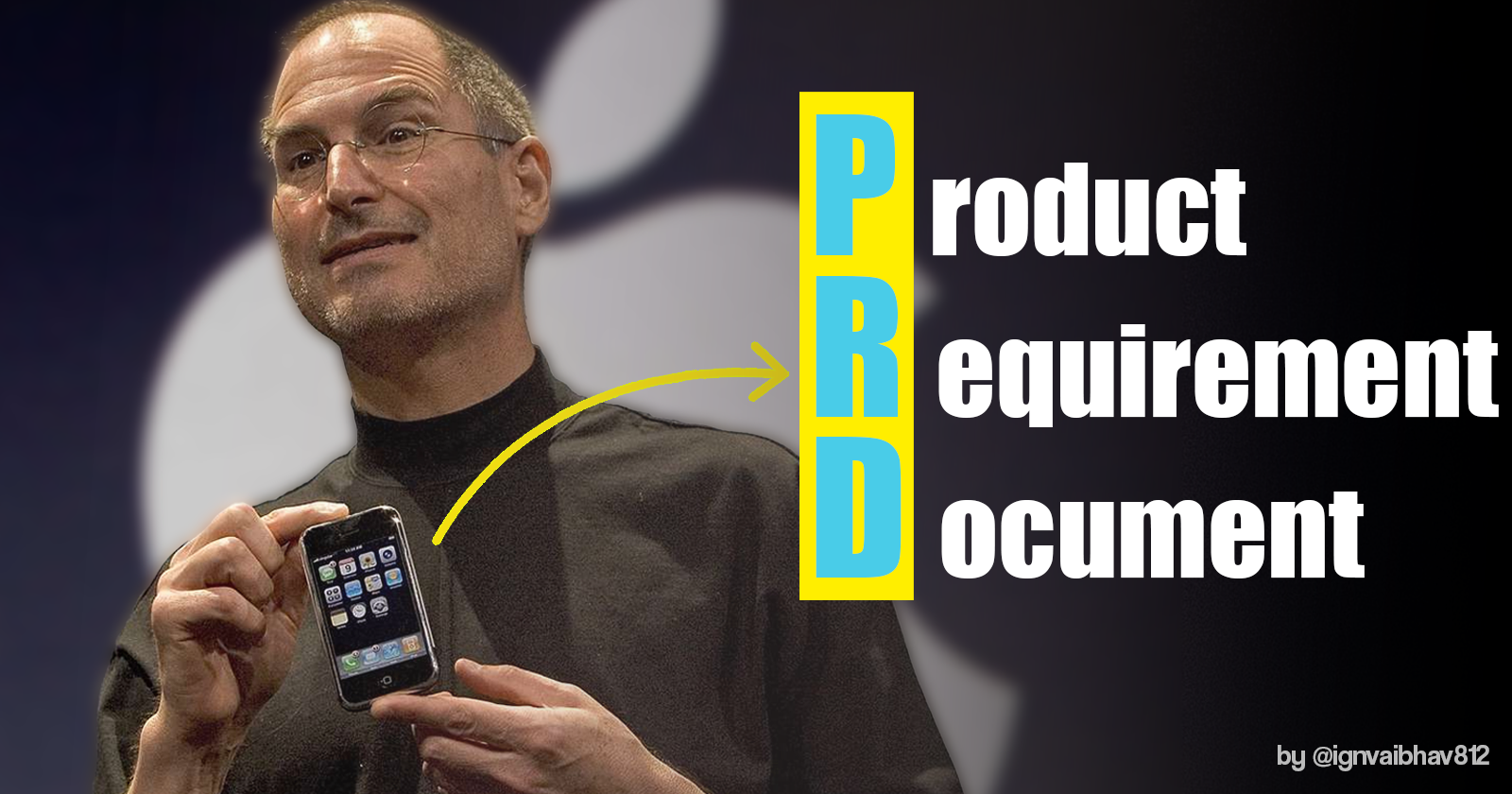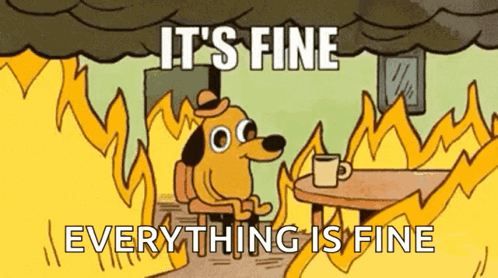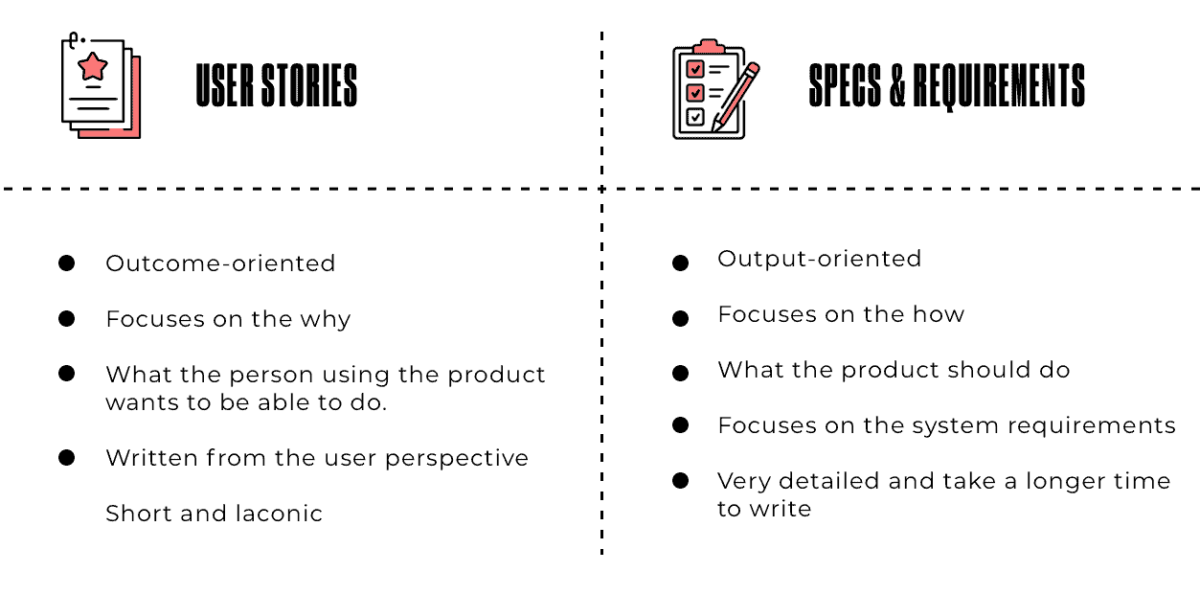PRD Explained - Beginner's Guide to Start Your Product Development
 Vaibhav Gupta
Vaibhav Gupta
Imagine, you suddenly got a banger product idea in your head💡
You outlined its rough structure in your mind and started working. 🧠
but as you continue, you start getting confused and overwhelmed on each step…
like :
What should be the design?
Let’s add this feature too.
I don’t like this, let’s remove it.
ah, this feature isn’t important but I want this…
so and so…
At that point, you start messing up the whole thing by getting overwhelmed and confused about what “To do” and what “Not to” 😬

But wait, don’t worry this is very common thing that happens with many peoples. It’s a general human tendency (not really your fault)
And honestly, we can avoid this as well. In fact, most of the PMs (Product Managers) and Indie Developers do strategically tackle this situation by just doing this One Thing before starting their project.
And that is by making a PRD aka Product/Project Requirements Document
Which simply means creating a brief document about the details of your product before starting the execution.
so you don’t go like this 👇

How to Write a PRD?
Now, let me show you how to write your own PRD. Well, it is separated into sum of these components that are clearly stated below 👇
Objective/Purpose

First, we must write down the Objective or the Purpose of building our Product. It can be the problem you want to solve by your product.
It can be as simple as :
Automating manual tasks.
Make the business go online etc.
Scope

Always define the scope of your Product, in this you will mention the goal of making your product.
Features & Requirements

Now here your Product you will decide, what powers you want to give to your product 🧙🔮(**without getting distracted with newer ideas or broadening the scope once you have finalized them**)
It’s typically divided into 3 sections
- 🔮 p0 - The *Very Most Important Features Of Your Product. (PRIORITY ++)
Eg - you’re building an IOS app, so p0 for it could be \must be listed on App Store* 📱*
- 🔮 p1 - The Important Features Which Your Product Must Have, to be able to solve your users problem. (PRIORITY +)
Eg - a Payment feature for users to pay 💵
- 🔮 p2 - The (good to have) Features which aren’t Important for your users now, but good to be added in future.
Eg - Pay using Crypto Cards 💳
User Stories / Use cases
Mention the struggles your users might be dealing with in the absence of your product. And how your product will fill that gap.

Technical Requirements
Here you have to decide which tech stack you would like to use to build your product. This is finalized by keeping in mind :
Your Team Skills.
Industry Standards and
Overall Effective and Efficiency.
Design Requirements
This includes all the designing part, how this particular page/feature should look and what should be the overall Products Design Chemistry.

Timeline
And as we’re building a Product, we must simultaneously keep an eye over the Deadlines and Milestones as well. To achieve our goal within time period.
Subscribe to my newsletter
Read articles from Vaibhav Gupta directly inside your inbox. Subscribe to the newsletter, and don't miss out.
Written by

Vaibhav Gupta
Vaibhav Gupta
2nd Year CS student, came to learn and understand the nuances of the technology.